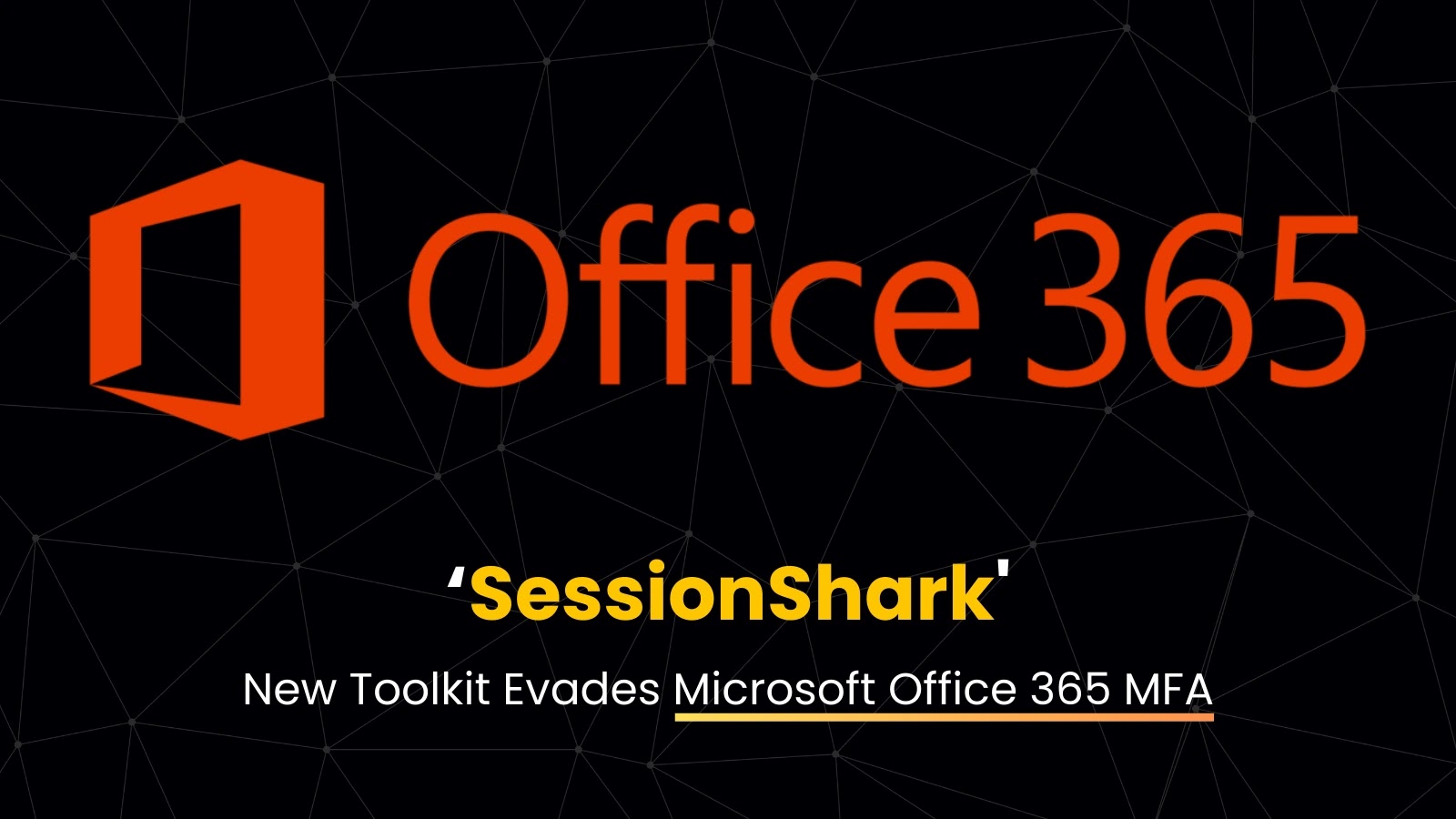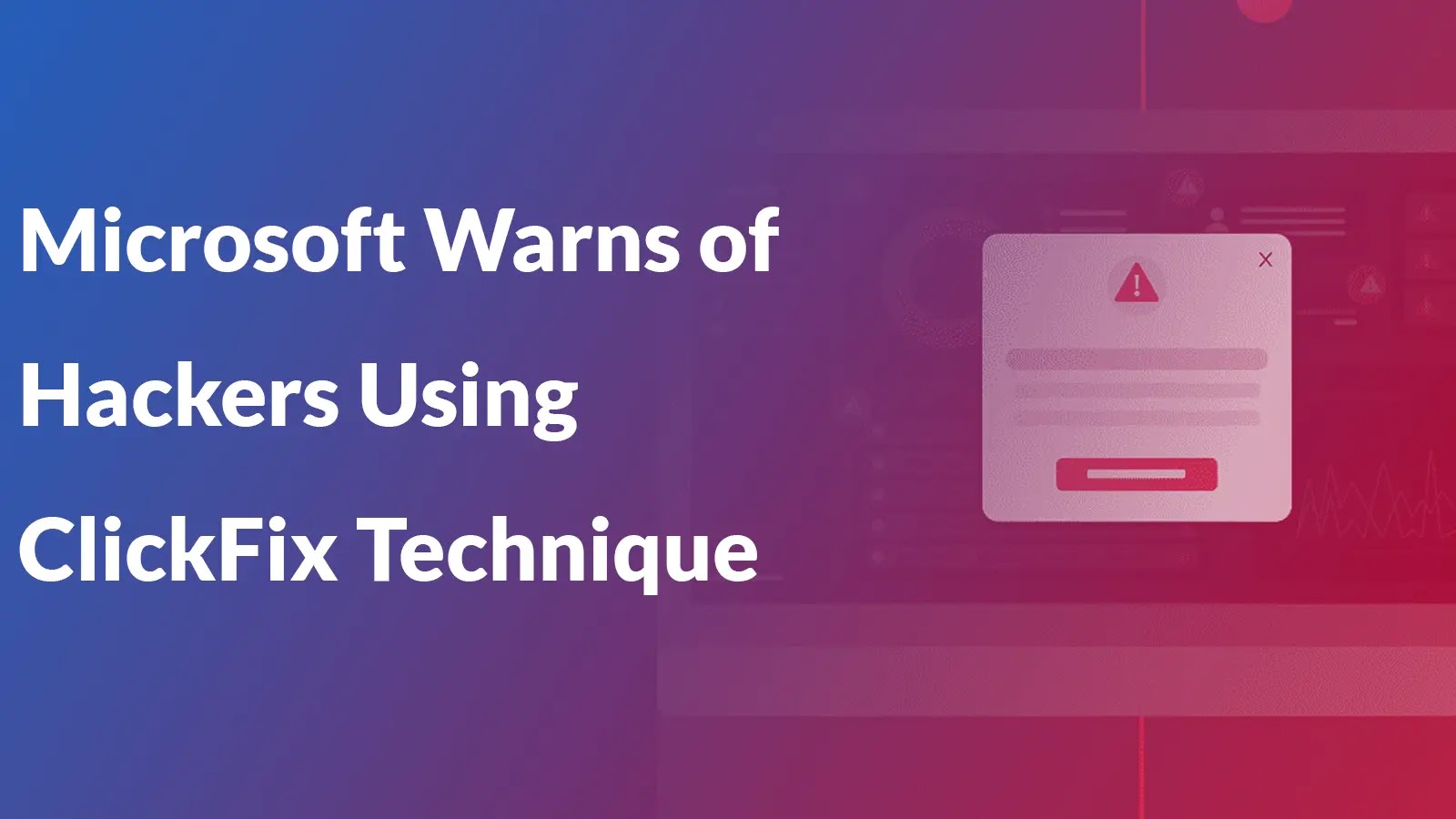In the ever-evolving landscape of cybersecurity threats, a new phishing toolkit named SessionShark has surfaced, posing a significant risk to Microsoft Office 365 users. This sophisticated tool is engineered to bypass Multi-Factor Authentication (MFA) protections, enabling attackers to hijack user accounts with alarming efficiency.
Understanding SessionShark’s Mechanism
SessionShark operates by capturing session cookies—digital tokens that confirm a user’s authenticated status. By obtaining these tokens, attackers can gain unauthorized access to Office 365 accounts without the need for the one-time passcodes typically required by MFA systems. This method effectively nullifies the additional security layer that MFA is designed to provide.
The toolkit employs highly convincing replicas of Microsoft’s login interfaces, dynamically adapting to various conditions to enhance their believability. These realistic phishing pages guide unsuspecting users through what appears to be a legitimate authentication process while secretly harvesting their credentials and session data.
Advanced Evasion Techniques
SessionShark is equipped with advanced evasion capabilities to avoid detection by security systems. It implements specialized human verification techniques to filter out automated security scanners and research bots, ensuring that the phishing content remains hidden from security systems. Additionally, the toolkit’s architecture includes native compatibility with Cloudflare services, which helps mask the actual hosting infrastructure and complicates takedown efforts. Custom HTTP headers and evasive scripts are also incorporated to avoid detection by major threat intelligence feeds and anti-phishing systems.
Real-Time Attack Notifications
The toolkit features a comprehensive logging system with Telegram bot integration, providing attackers with immediate notification when victims submit their credentials. This real-time alert system includes the victim’s email, password, and, crucially, their session cookie, enabling account takeovers within seconds of compromise. This rapid exploitation far outpaces traditional incident response capabilities, leaving organizations vulnerable to swift and damaging breaches.
Commercialization of Cyber Threats
Despite its clearly malicious purpose, SessionShark’s developers market it with an educational purposes disclaimer—a transparent attempt to provide plausible deniability while selling a product explicitly designed for criminal use. This phishing-as-a-service offering follows the subscription-based model prevalent in legitimate software, including user support through dedicated Telegram channels. The commercialization of such attack tools represents a concerning trend in the cybercrime ecosystem, where sophisticated attack methods are packaged into user-friendly products accessible to less technical threat actors.
Implications for Cybersecurity
For security professionals, SessionShark exemplifies the escalating arms race between security measures and evasion techniques. Organizations relying solely on MFA as their primary defense against account compromise must now implement additional protective layers, including:
– Advanced phishing detection solutions capable of identifying adversary-in-the-middle (AiTM) attacks.
– Continuous monitoring for suspicious login patterns and session anomalies.
– User education programs to recognize and report phishing attempts.
The emergence of SessionShark underscores the need for a multi-faceted approach to cybersecurity, combining technological defenses with user awareness and proactive monitoring to effectively combat sophisticated phishing threats.



